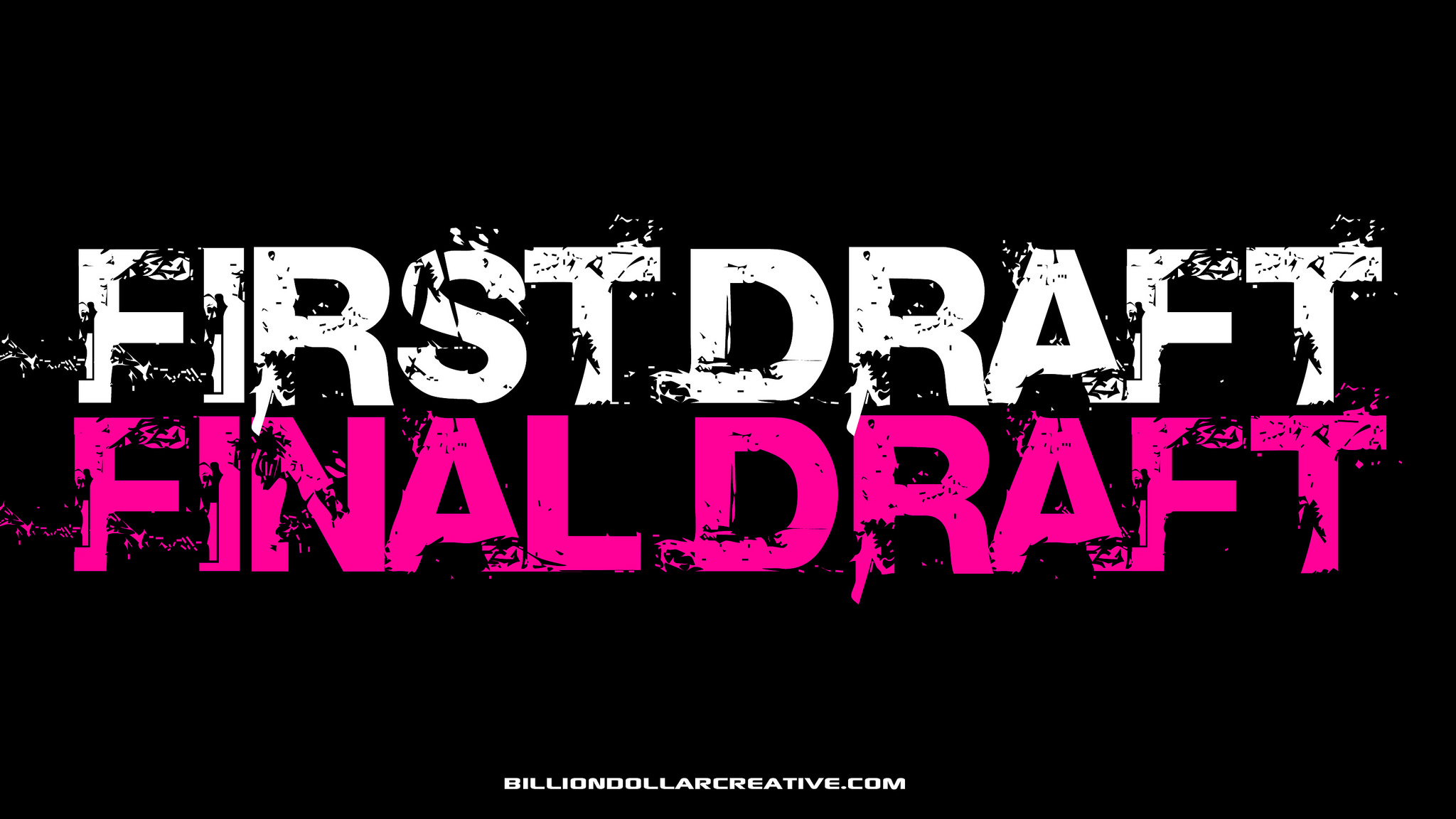Writing for the web requires a keen understanding of social media. If an article or blog post is going to gain traction, it needs to have a highly sharable angle. But beyond going viral, the best writers create content that is rewarding and informative.
This doesn’t mean every piece you write has to be a scholarly dissertation. In fact, readers often find a simple, direct style to be the most appealing. But there’s a hitch: achieving a simple style is harder than it might initially seem.
Author William Zinsser put it this way: “Hard writing makes easy reading. Easy writing makes hard reading.”
Zinsser’s evaluation is spot on. It takes a lot of time and hard work to achieve an effortlessly simple style. Why? Here’s Zinsser again:
“Our national tendency is to inflate and thereby sound important. The airline pilot who announces that he is presently anticipating experiencing considerable precipitation wouldn’t think of saying it may rain. The sentence is too simple—there must be something wrong with it.”
American English is particularly guilty of inflating language to monstrous proportions. It’s often well intentioned—many writers simply don’t want to leave out any important details. Other times, it’s a matter of a writer hedging their bets and refusing to make a strong, direct statement to the reader for fear of making a mistake.
Eschewing the Exotic for the Quotidian
And that’s the challenge of writing for people who love to read: how to say everything you need to in as few words as possible. Although this is hard work, it isn’t meant to stifle your creativity or pile on an extra layer of writer’s block. In fact, you don’t need to change much about your workflow at all. You’ll just need to do a little extra work after you finish your first draft.
“Rewriting is the essence of writing well: it’s where the game is won or lost,” Zinsser writes in his award-winning book On Writing Well. “The idea is hard to accept,” he continues. “We all have emotional equity in our first draft; we can’t believe that it wasn’t born perfect. But the odds are close to 100 percent that it wasn’t.”
The rewriting process is essential to writing well. It’s your chance to refine your work and turn it into something truly memorable. What kinds of things should you look for while revising your draft?
Take a look at that last sentence. It can easily be simplified by removing the phrase “kinds of things.” Not only does ‘What should you look for while revising your draft?’ sound better, it’s less likely to lose the reader’s attention because the clutter has been removed.
Think about the difference between a Hemingway novel and a school textbook. Hemingway’s writing contains virtually no clutter—each sentence is full of useful information that intrigues the reader and drives the story forward.
By contrast, our eyes glaze over academic textbooks because they’re cluttered and broad. There’s certainly nothing wrong with this; textbooks are made for reference and need ultra-precise language. But when we’re writing for people who love to read, we must remember that simplicity is key to retaining their attention.
I’ll end with another William Zinsser quote.
“…the secret of good writing is to strip every sentence to its cleanest components. Every word that serves no function, every long word that could be a short word, every adverb that carries the same meaning that’s already in the verb, every passive construction that leaves the reader unsure of who is doing what—these are the thousand and one adulterants that weaken the strength of a sentence.”



Leave a Reply